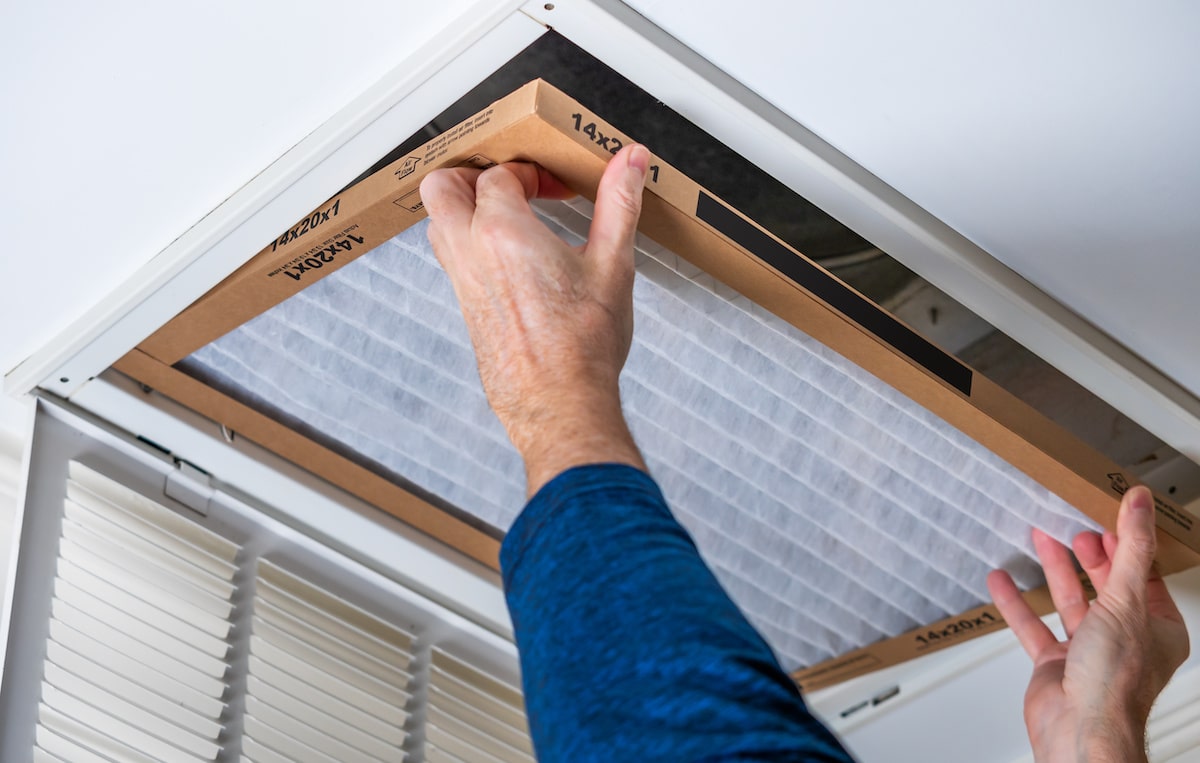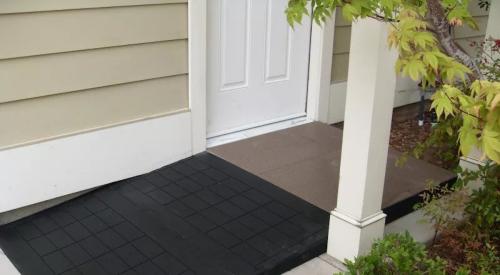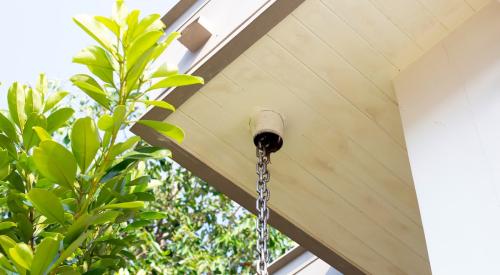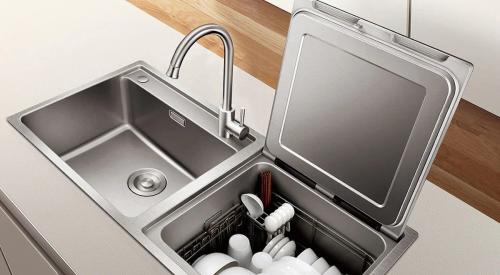An increased consumer focus on health and wellness post-pandemic is having an impact on the way builders and designers deliver new homes. In order to respond to a more health-conscious pool of homebuyers, building pros are taking a new approach to home construction, starting with the science behind a healthier structure.
In a recent education session at the 2023 International Builders' Show, expert Bill Hayward, CEO and Chief Sustainability Officer of Hayward Lumber, discussed a number of building science elements that can contribute to cleaner indoor air and improve the health and wellness of homeowners.
In order to first detect possible allergens or pollutants, Hayward recommends calculating a homeowner’s Hayward score, a diagnostic tool that determines potential health threats caused by geography, climate and weather, home characteristics, and homeowner sensitivities.
The Hayward score is calculated by a team of healthy home experts based on an assessment of conditions and issues affecting the home. The score provides an intelligent report on a home’s overall health and offers steps and resources removing potential hazards. Once identified, builders can work to pinpoint and prevent those contaminants from impacting a home’s occupants through a few key design solutions.
Step 1: Remove
Poor indoor air quality can lead to respiratory problems, allergies, and other health issues, according to Hayward, which is why one of the most important steps to creating a safe and healthy home environment is eliminating pollutants or other airborne contaminants.
According to Bill Hayward, that means removing manmade contaminants by not selecting them in the first place. For instance, opting for low-VOC paints and adhesives can protect both building crews and their clients. "Choose products that are low or zero VOC and look for third-party certifications," advised Hayward. "It's important to read labels and understand what's in the products you're using in your home."
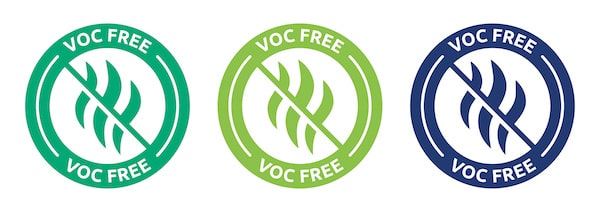
VOC-free label
Image: Icons-Studio / Stock.adobe.com
Step 2: Seal
The next step, according to Hayward, is isolating or sealing contaminants on surfaces to keep them from becoming airborne. Air leaks in the home can allow pollutants and contaminants to enter, reducing the quality of indoor air. Hayward suggested sealing these leaks with spray foam or caulk and using weatherstripping around doors and windows.
Once pollutants are sealed, the next most crucial precaution is ventilation: “provide your clients with a good enclosure you can control that’s efficient, healthy, and durable, and provide them with a continuous supply of fresh, filtered air,” Hayward says.
Step 3: Ventilation
He added, “ventilation strategies are pretty straightforward. I can either exhaust air out of the building, I can bring fresh air into the home from outside, and then there’s the balance strategy. I can bring in fresh air, filter it, remove the energy from it, and deliver it to where people are. At the same time, I take stale air from the locations of source generation and blow that outside, but leave the energy behind. That’s called energy recovery ventilation (ERV).”
Energy recovery ventilators or heat recovery ventilators (HRVs) provide a continuous supply of fresh air without sacrificing energy efficiency, making them both a dual comfort solution and ventilation system for both warm and cold climates.
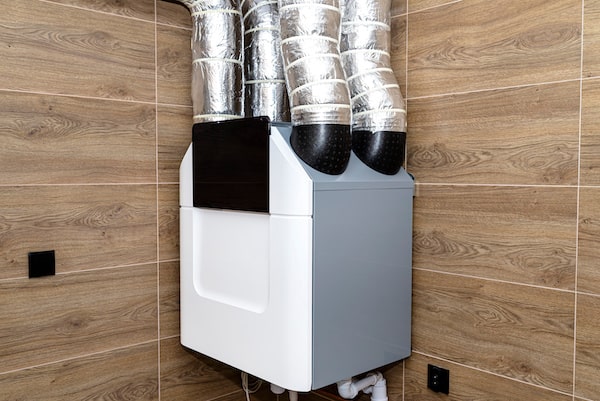
Heat recovery ventilator
Image: Michal / Stock.adobe.com
Step 4: Filtration
Once pollutants are sealed and the air is properly ventilated, the next step to creating a healthier home is filtration, which Hayward said hinges largely on humidity control. "It's important to keep indoor humidity levels between 30-60%," he said. "Low humidity can lead to dry skin and respiratory problems, while high humidity can lead to mold growth and other issues."
Hayward recommends using a whole-house dehumidifier to maintain optimal humidity levels. He also notes the importance of an HVAC system’s design and sizing, pointing out that an oversized system can lead to high humidity levels and poor indoor air quality.
By prioritizing ventilation, air sealing, low-emitting materials, and humidity control, builders can create homes that provide a healthier and more comfortable living environment for their occupants year round.
